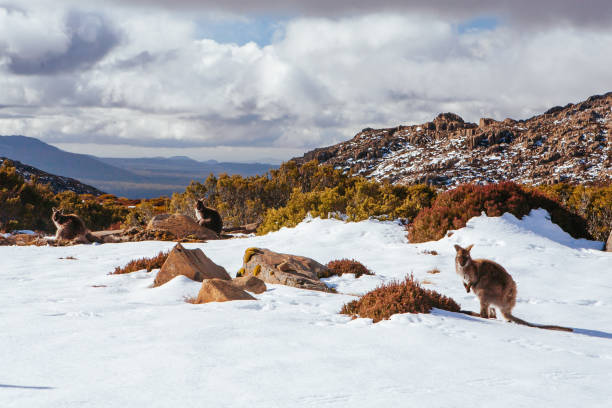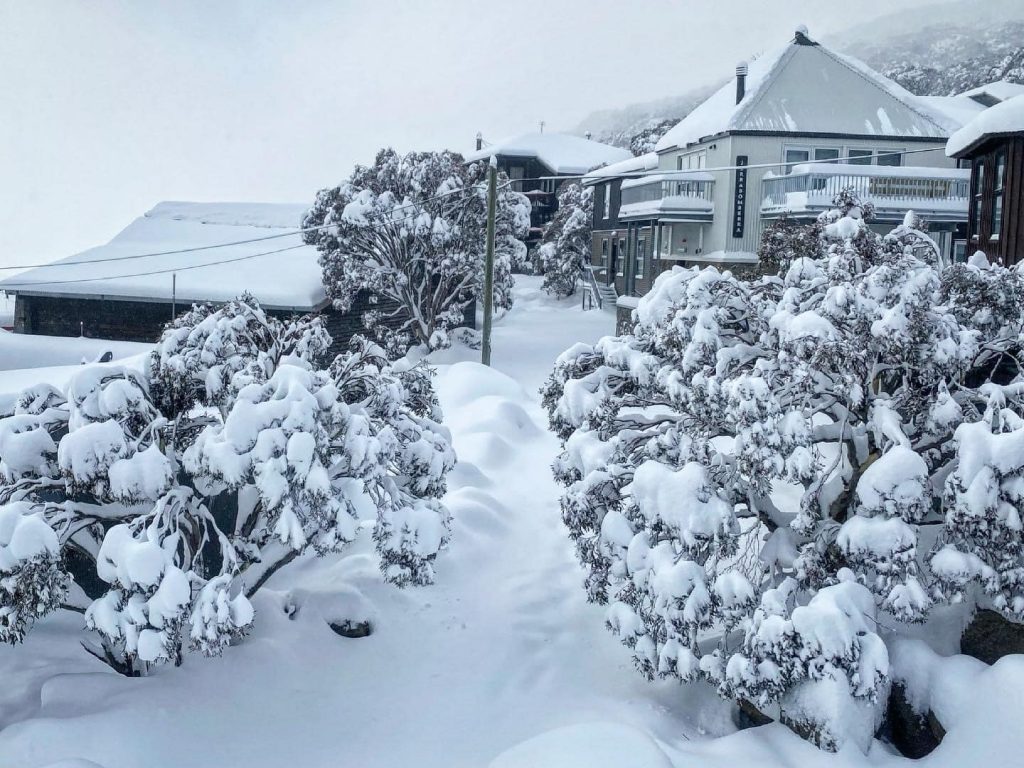Understanding the Relevance of Snow in Australia for Agriculture and Tourism
While Australia is usually connected with sun-kissed coastlines and arid wilderness, it likewise boasts a wealth of snowy towering areas. The snow that coverings these areas is much more than a stunning landscape feature. It works as a lifeline for the country's farming and a driving pressure for a profitable tourist industry. As we explore this surprising crossway, the prospective impact of changing environment patterns on Australia's snowfall and its succeeding impacts end up being a compelling emphasis.

The Unexpected Snowfall: Australia's Alpine Regions
When winter capes the globe, Australia's Towering areas don a white mantle of snow, a spectacle that seems nearly paradoxical in this dominantly sun-baked land. Unlike the stereotypical picture of Australia as a land of deserts and coastlines, these areas provide a lovely and surprising contrast. The Australian Alps, stretching throughout New South Wales, Victoria, and the Australian Funding Territory, get even more snowfall than Switzerland. This unanticipated winter months paradise offers a special ecological community, providing an environment for several indigenous species and a snowy play area for winter months sports enthusiasts. The yearly snowfall, although not as plentiful as in some nations, is a vital element of Australia's environment diversity and plays a significant duty in the country's agricultural practices and tourist industry.
Winter season's Bounty: Snow's Payment to Australia's Water Resources
Despite its rarity in the wider landscape of Australia, snow in the Alpine areas plays a critical function in the nation's water resources. Working as a natural reservoir, the snowpack shops water throughout the chilly months, progressively launching it right into rivers and dams as it melts in warmer seasons. This procedure makes sure a constant supply of water, aiding in the stabilization of the nation's water cycle. This is specifically critical for Australia, a continent frequently pestered by droughts. The snowmelt feeds into the Murray-Darling Container, a lifeline for lots of communities in the southeastern components of the nation. Without the bounty of winter months snow, Australia's water resources would be substantially strained, impacting both the atmosphere and the population.
White Blanket, Eco-friendly Fields: The Impact of Snow on Australian Farming
Although less noticeable, the impact of snow on Australian agriculture is considerable. Snowfall in the high nation serves as a natural kind of watering, progressively melting and supplying a stable supply of water to lower-lying farmland. This water-rich setting fosters the growth of durable crops, adding to the country's farming productivity. Furthermore, snowfall enhances soil wellness by presenting wetness and capturing nutrients, which are gradually released as the snow melts. This procedure improves the dirt, cultivating the development of healthier, much more durable crops. Additionally, snow cover works as a safety covering, shielding the ground versus severe winter season temperatures that could otherwise damage plants. Hence, the duty of snow in Australian agriculture is both multifaceted and crucial.

Cold Money: Snow Tourist and Its Economic Relevance in Australia
While the worth of snow to Australian agriculture is usually taken too lightly, its payment to the nation's tourism industry is undeniably considerable. The snow-laden heights of Australia's towering regions draw in a flurry of vacationers every winter, contributing millions to the nationwide economic situation. These visitors take part in a range of snow-based tasks, from snowboarding and snowboarding to snowshoeing and sledging. The prospering snow tourism market has actually led to the creation of countless work, from ski instructors to hotel team, boosting regional economic situations while doing so. The revenue created from snow tourism helps fund numerous infrastructure tasks and crucial services in these areas. Hence, the financial relevance of snow tourist in Australia prolongs far past the slopes.
Future Forecast: Environment Adjustment and Its Potential Results on Australia's Snowfall
As the globe grapples with the truth of environment adjustment, so too needs to Australia contemplate its potential impacts on the Visit Your URL country's snowfall. Current clinical designs anticipate a decrease in Australian snowfall, with possibly extreme influences on both farming and tourism. In some areas, the snow period could be reduced by approximately 80 days by 2050. Such changes intimidate the feasibility of Australia's ski Snow In Australia market, which adds substantially to the local economic climate. Less snowfall could likewise affect the nation's agricultural field, as snowmelt plays a critical duty in watering crops. The potential effects of these changes underline the urgency of climate adjustment mitigation efforts, both in Australia and around the world.
Verdict
In verdict, snow is a crucial element of Australia's agricultural and tourist fields. The looming hazard of climate change raises issues concerning the future of Australia's snowfall patterns, potentially disrupting linked here these significant financial markets.

When wintertime cloaks the globe, Australia's Alpine areas wear a white mantle of snow, a phenomenon that appears virtually paradoxical in this dominantly sun-baked land.In spite of its rarity in the broader landscape of Australia, snow in the Towering regions plays a critical role in the nation's water resources. Without the bounty of wintertime snow, Australia's water resources would certainly be dramatically strained, influencing both the environment and the populace.
Thus, the economic importance of snow tourism in Australia prolongs far beyond the slopes.
In conclusion, snow is a pivotal component of Australia's agricultural and tourism industries. Does Australia Get Snow.